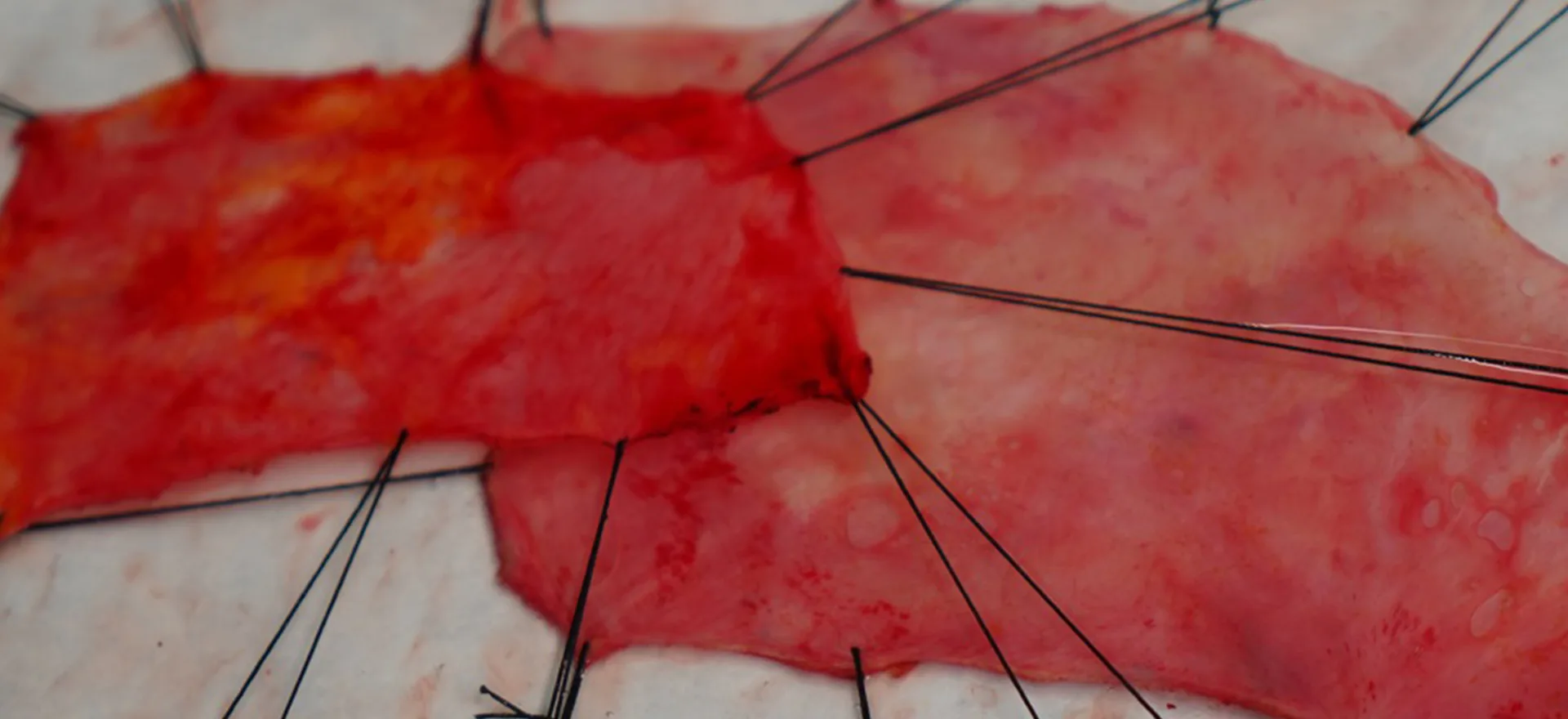The Ozaki procedure is a cardiac surgery method that usually utilizes the patient’s own tissue (Pericardium / Pericardium). Unlike traditional surgical techniques used to treat aortic valve diseases, this procedure does not use foreign tissue or an artificial valve. Instead, a new aortic valve structure is created using tissue fragments (pericardium) taken from the patient’s own body. This approach aims to improve the body’s acceptance of the new valve structure and reduce complications such as tissue rejection.
Why not use foreign tissue?
Risk of Tissue Rejection: The use of foreign tissue or an artificial valve may be perceived as foreign by the body’s immune system and may cause tissue rejection. This is one of the postoperative complications and can negatively affect the patient’s health. This risk is avoided by using the patient’s own tissue in the Ozaki procedure.
Compliance Problems: All metal and biological valves may cause a problem called patient-valve incompatibility depending on the weight and height of the patient and the size of the valve used. This is especially common with small valves and can reduce the patient’s postoperative exertional capacity. In the Ozaki procedure, patient-valve incompatibility does not develop.
Risk of Complications: Complications that may be associated with the use of foreign tissue or metal artificial valves include heart rhythm disturbances and heart blocks, which can cause rhythm problems that can lead to the implantation of a permanent pacemaker. In the Ozaki procedure, since there is no valve ring, there is no compression of the rhythm pathways and therefore rhythm problems and heart blocks do not develop.
Postoperative Follow-up Problems: With metal valves, heavy blood thinners are used for life, and with biological valves, heavy blood thinners should be used for 6 months and then followed up with light blood thinners. In the Ozaki procedure, mild blood thinners (baby aspirin) are used for up to 6 months and no blood thinners are needed after 6 months.
As a result, the Ozaki procedure is more advantageous than other valve surgery techniques using foreign tissue or artificial valves.


